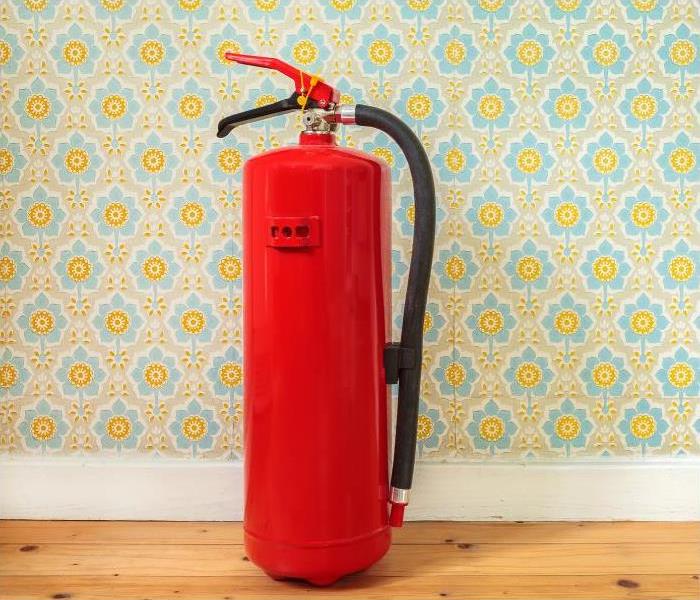Understanding Fire Extinguishers
6/19/2020 (Permalink)
Fires most often erupt without warning, and double in size within seconds - knowing what to do and how to do it is critical when faced with this emergency situation. Understanding types of fires, fire extinguisher coding and proper usage is a cornerstone in life safety and property damage minimization. The type of combustible material determines the fire classification and fire extinguisher codes correspond to fire classifications.
Fire Classes and Corresponding Fire Extinguisher Codes
- Class (A) Fire is a fire with a combustible material of wood, paper, plastic or clothing. It is generally the easiest fire to put out. A Class (A) fire can be extinguished with water or foam. A Class (A) fire extinguisher will put out these fires
- Class (B) Fire has a combustible material of oil, grease, gas or alcohol. A Class (B) Fire cannot be extinguished with water. The use of water will cause the fire to spread by causing the combustible material to splatter or lift above the water. Many injuries have occurred to people improperly extinguishing a grease fire. A Class (B) Fire extinguisher uses dry foam or carbon dioxide to suppress the fire.
- Class (C) Fire is an electrical fire. Electrical fires can be caused by a malfunctioning appliance, faulty wiring, or an overloaded outlet. This type of fire cannot be extinguished with water. Water will intensify the fire because it conducts electricity. A Class (C) fire is suppressed with carbon dioxide or dry powder.
- Class D Fire has combustible metals as its material source. A Class (D) fire is extinguished with dry powder. The dry powder removes the fuel from the oxygen and extinguishes the fire. A Class (D) fire is not common in homes.
The best type of fire extinguisher to purchase for home use is an A, B, C extinguisher. This multipurpose extinguisher can put out most common fires. Once purchased, place your extinguishers in highly visible areas. Check the gauge of the extinguisher monthly to make sure they are properly pressurized. Replace them if not.
How to use a fire extinguisher – Use the acronym PASS:
- Pull the pin.
- Aim nozzle at the base of the flames
- Squeeze the nozzle
- Sweep back and forth until flames are extinguished
(If flames reignite, repeat the process.)





 24/7 Emergency Service
24/7 Emergency Service
